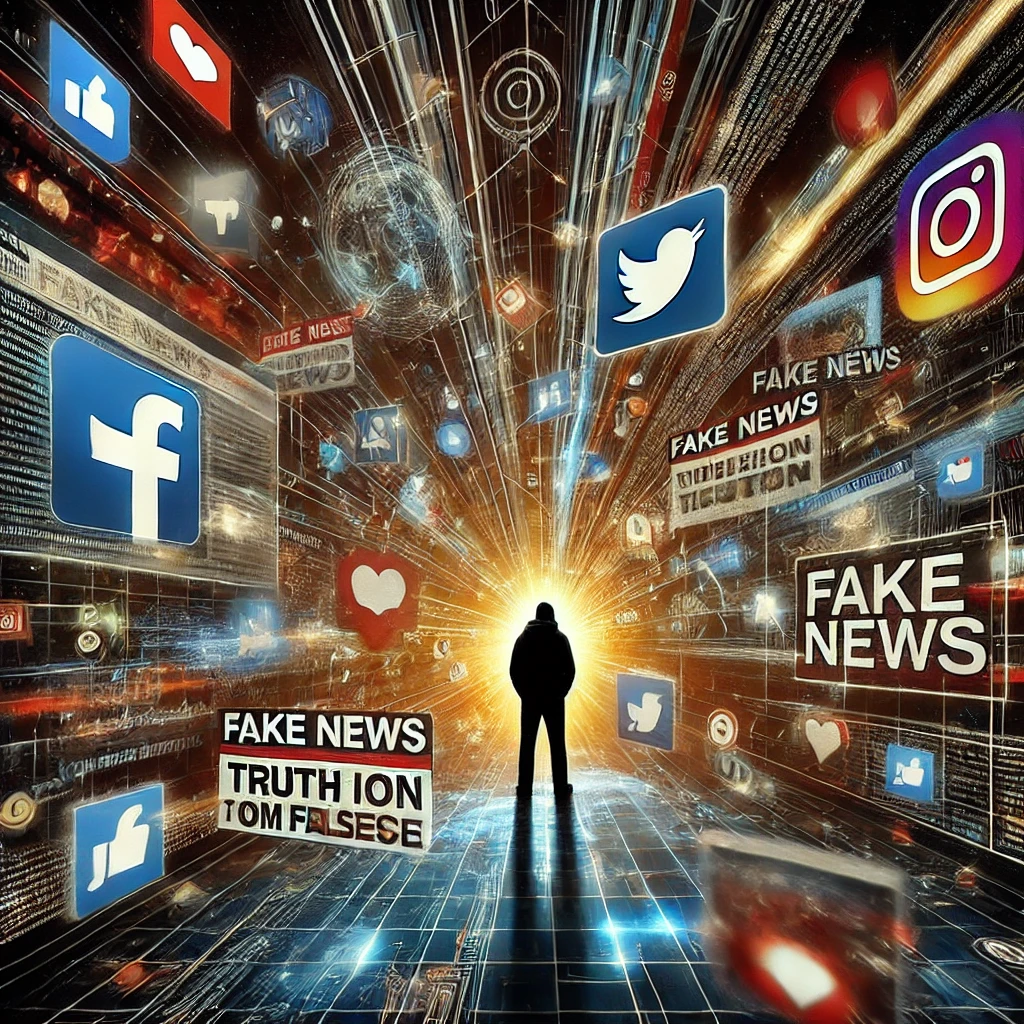The Rise of Misinformation in the Digital Age
Understanding Misinformation, Disinformation, and Malinformation
In today’s digital world, misinformation, disinformation, and malinformation have become major threats to truth and public trust. The internet has made information more accessible, but it has also enabled false narratives to spread at an alarming rate. From fake political propaganda to health misinformation and sensationalized news, millions of people fall victim to misleading content daily.
How Misinformation Spreads Online
Social media platforms, blogs, and instant messaging apps play a significant role in amplifying unverified news. Misinformation has damaged reputations, influenced elections, incited panic, and even led to violence. The competition to publish first often outweighs the need for fact-checking, allowing viral misinformation to reach millions before corrections can be issued.
The Role of Social Media Algorithms
Social media platforms prioritize engagement over accuracy, making false content more visible than factual news. Studies have shown that false news spreads six times faster than real news on platforms like Twitter. Algorithms favor posts that generate strong reactions, regardless of their truthfulness. As a result, people frequently encounter and share misleading information without questioning its validity.
The Danger of Echo Chambers
Many internet users consume only content that aligns with their beliefs, creating echo chambers where misinformation thrives. When people repeatedly see information supporting their biases, they are less likely to question its authenticity. Political misinformation, in particular, spreads rapidly within these communities, making it difficult to correct false claims.
Real-World Consequences of Misinformation
Misinformation is not just an online issue—it has had severe real-world effects.
Health Misinformation
During the COVID-19 pandemic, viral messages falsely claimed that drinking hot water could cure the virus. Many people ignored verified medical advice due to misleading health tips circulated via WhatsApp. Similarly, misinformation about 5G technology led to attacks on cell towers, even though there was no scientific evidence linking 5G to the virus.
Political and Election Misinformation
The 2016 U.S. presidential election highlighted how misinformation can manipulate public perception. Facebook was used to spread fake political ads, influencing millions of voters. In Nigeria, misleading WhatsApp messages in 2018 falsely claimed Fulani herdsmen were planning attacks, leading to violent clashes and loss of lives.
Clickbait Culture and Fake News Websites
Beyond political and health misinformation, clickbait culture fuels the spread of false narratives. Many fake news websites exist solely to generate clicks and ad revenue, misleading readers with exaggerated headlines. Celebrity death hoaxes frequently trend online, attracting millions of visitors to sites profiting from ad impressions.
Sensationalized content designed to provoke outrage, fear, or excitement thrives because people are drawn to shocking headlines. Even legitimate news outlets sometimes exaggerate stories to increase traffic, leading to a decline in public trust in journalism.
Combating Misinformation: What Can Be Done?
While social media platforms have introduced fact-checking tools and content moderation policies, individuals must also take responsibility for verifying information before sharing it.
Fact-Checking Tools and Best Practices
- Verify sources before sharing news. Tools such as Africa Check and Google Fact Check Explorer can confirm whether a claim is true.
- Cross-check headlines with reputable news sources to avoid falling for clickbait.
- Be aware of emotional manipulation tactics. If a headline is designed to provoke extreme anger or fear, it may be misleading.
- Support credible journalism. Platforms like BBC Reality Check and Snopes work to debunk misinformation.
The Future of Journalism in the Digital Era
As misinformation continues to evolve, the future of journalism will depend on AI-driven fact-checking, responsible reporting, and increased public awareness. News consumers must remain vigilant in distinguishing between factual reporting and misleading narratives.
OtownGist is committed to providing accurate, fact-based journalism, ensuring that truth prevails in the digital age. For more insightful articles on media trends and digital literacy, visit OtownGist Media.
What do you think about misinformation in the digital age? Have you ever fallen for fake news? Let’s discuss in the comments!


